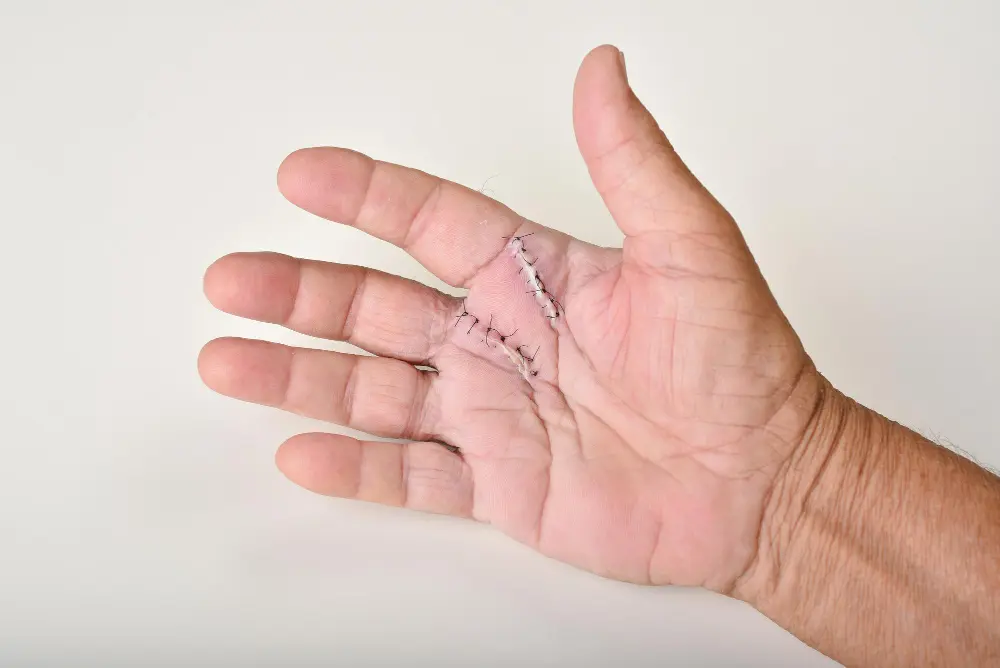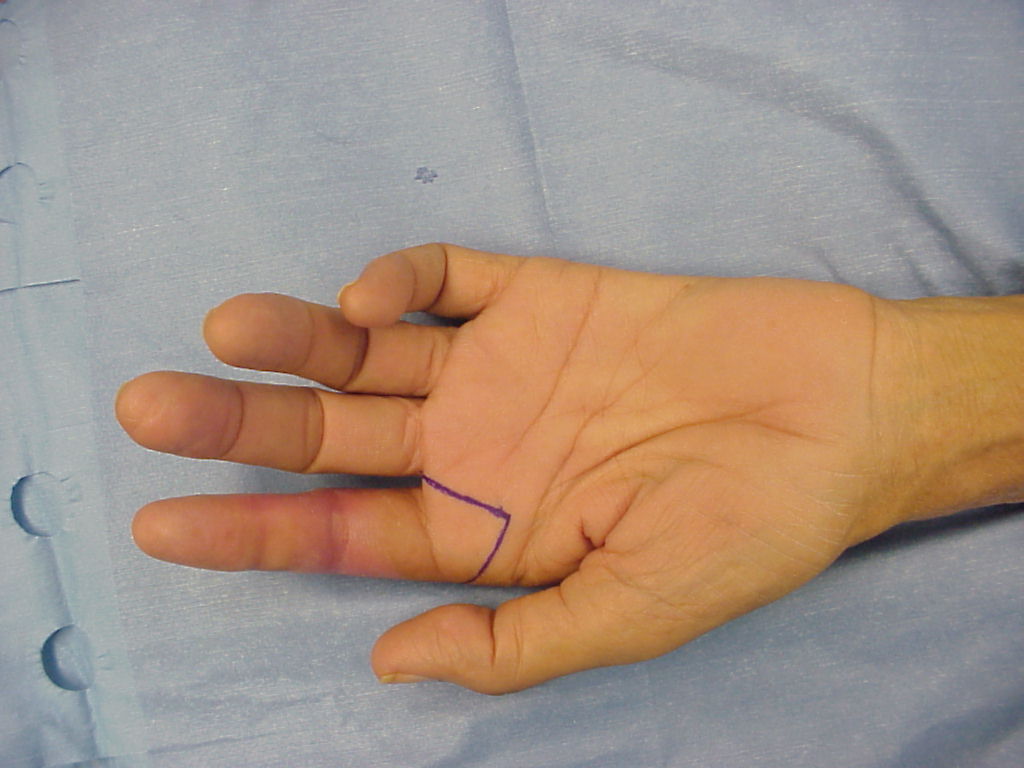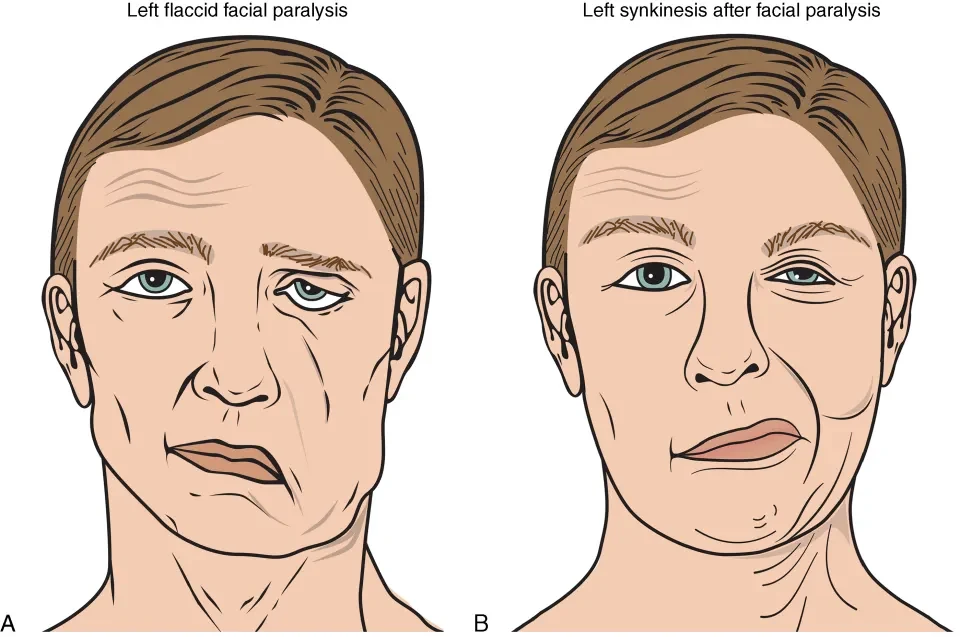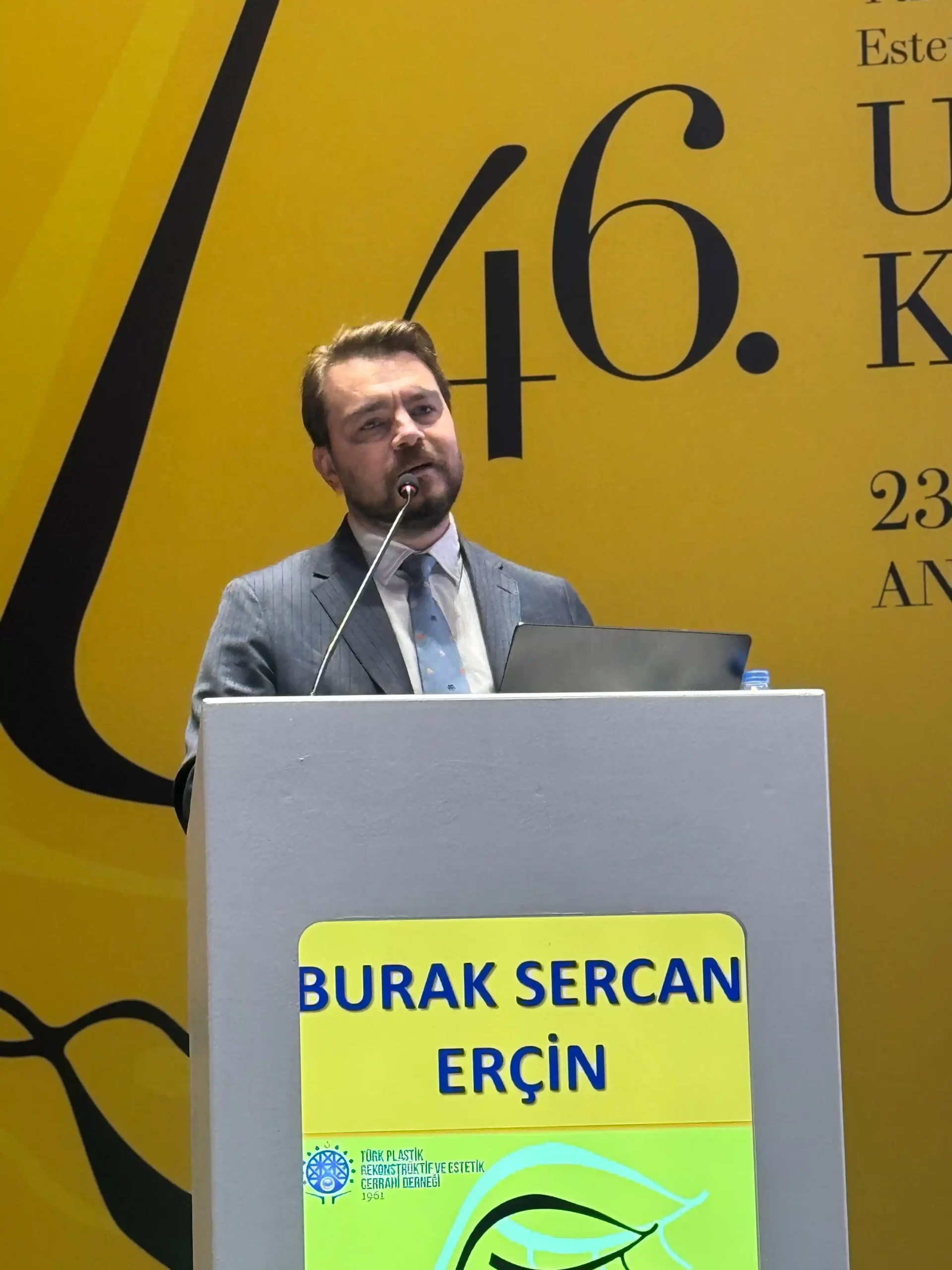In general, finger transplantation is applied to patients who do not have fingers. But the degree of absence of this finger is also important. It is assessed at what level it is not, how much it affects the functions. It is usually a more correct approach to apply hand transplantation if the finger is not completely absent.
But sometimes in partial absences, it can also be applied according to the patient’s work, social life. But we usually transplant hand to patients who have lost their finger as a result of an accident that has been applied, and their finger cannot be sewn back.
Another condition is patients who have congenital problems. According to the number of fingers that are missing here, we have a lot of alternatives, such as one finger and two fingers. The aim is to provide the patient with grip, function and make that hand available in their daily work. In other words, every patient who does not have a finger can be evaluated for hand transplant surgery.
Common Hand Transplant Surgery Questions
Finger transplantation or toe-to-hand transfer is a long, expensive operation that is not easy at all, like other free tissue transplants, and requires a team with microsurgical experience. Besides all this, there are also risks.
For example, if the finger taken from the foot, the blood flow through the veins sewn after the hand is transplanted is not smooth, if the blood flow is disrupted, there is a risk of losing the transplanted finger.
In this case, the patient becomes both sick from one toe, and the finger that needs to be repaired in his hand is not repaired, and all the effort and money spent are wasted. For this reason, the margin of error in these operations should be zero, the patient should be properly selected, and all preparations should be made in full before the operation.
Is Finger Transplant Surgery Possible?
The finger transplant surgery is possible and has been performed successfully in many cases. The procedure involves removing a finger or fingers from a donor and transplanting it onto the hand of the recipient. The hand transplant surgery is typically performed on individuals who have lost one or more fingers due to injury or disease. In some cases, patients may require ongoing physical therapy and rehabilitation to regain full use of the transplanted finger.
What Are the Most Common Causes of Finger Loss?
Most often it is a trauma, but less often it can also occur as a congenital deficiency of the fingers of the hand. If the number of missing fingers in this case is too many to perform the holding function of the hand, it may be necessary to transfer the toes to the hand.
Finger losses are divided into two main groups as complete rupture and partial rupture. In case of complete loss, the limb (finger, hand or arm) is completely separated from the body, and since all the vessels are also severed, the severed part must be urgently sewn into place. In case of partial loss, the connection of the limb with the body continues and only part of it is cut off.
If the vessels have remained intact, the time of delivery of the patient to the medical institution is of less importance than for complete ruptures, since the viability of the damaged part continues. In partial ruptures, in which the vessels are completely cut off, the duration is important, as in complete ruptures. But in both cases, the delivery of the patient and the part to the medical facility as soon as possible is the most important factor that increases the success of surgical treatment.
Which Finger Is Suitable for Successful Hand Transplant Surgery and Where Is It Transplanted?
Hand transplant surgery typically involves the transplantation of the entire hand from a donor to a recipient. The success of the surgery depends on several factors, including the health and condition of the donor hand, the skill of the surgical team, and the ability of the recipient to tolerate the transplant.
In order of frequency, the thumb comes first in toe-to-hand finger transplants, while the index and long fingers follow this order. Especially in patients who do not have other fingers other than the thumb, transplanting two toes at once can give better results.
In terms of where to transplant a hand, it depends on which finger is being transplanted and the specific needs of the recipient. For example, if the recipient is missing their thumb, the thumb from the donor hand may be transplanted onto the recipient’s hand. In general, the transplanted finger or hand is attached to the recipient’s arm using a combination of surgical techniques to connect the blood vessels, nerves, and tendons. The goal is to restore as much function and sensation as possible to the transplanted finger or hand.

Can You Reattach a Hand & Arm?
It is possible to reattach and transplant a hand & arm that has been amputated or severed fingers. The success of the reattachment surgery depends on several factors, including the time elapsed since the injury, the location and severity of the injury, and the skill and experience of the surgical team.
Also, the success of the patient’s ability to regain full function of the limb depends on several factors, including the extent of the injury, the patient’s age and overall health, and the level of post-operative care and rehabilitation.
History and Process Of Toe-to-Hand Finger Transplantation Surgery
In order to restore function to a dysfunctional hand, an outpatient toe-to-hand transfer using microsurgical techniques is called toe to finger transfer surgery. Especially recently, with the spread of microsurgical techniques, these applications have become extremely easy to do.
Considering that the first finger transplant surgery was made in 1966, we can say that this procedure can be easily performed in almost all microsurgical clinics at the point where we are today. Thanks to hand transplant surgery, it is possible to perform the transfer of part or all of the first, second and even third finger from the toe to the hand transplant.
What Are the Results of the Foot-to-Hand Finger Transplantation?
Frankly, with today’s technology and health services, the success rate of foot-to-hand finger transplantation is close to 100%. Successful surgeries are performed in this regard. If the surgeon and the healthcare team are professional and the patient’s tissue is suitable for this surgery, the hand transplant success rate is extremely high.
What Factors Are Considered in the Choice of Repair Method?
Tissue loss in the hand is almost always accompanied by skin loss. In its repair, repairs are usually performed with skin grafts and skin flaps. In order for mobile and floating organs such as tendons to maintain these characteristics, they need soft and sliding surfaces, not hard tissues around them.
Repair of tissue defects is usually carried out in accordance with the classically described reconstruction ladder. It can be used from time to time in preferences that are not in accordance with the ladder rules. Since the anatomical structure of the hand differs from the back of the hand and even the fingers on the palm, alternative options suitable for these differences are also considered in the repair.
Will Hand Transplant Improve the Look and Function of a Patient’s Hand?
Yes, a hand transplant can potentially improve both the appearance and function of a patient’s hand.
In terms of appearance, a hand transplant can restore the shape and structure of the hand, and improve the overall aesthetic of the hand. This can have a positive impact on the patient’s self-esteem and quality of life.
In terms of function, a hand transplant can enable the patient to perform activities that they were unable to do before the surgery, such as gripping and manipulating objects, using tools, and performing daily tasks. This can greatly improve the patient’s independence and ability to perform activities of daily living.
What Does the Patient Feel After the Toe to Finger Transplantation?
In fact, the patients do not feel anything in toe for a thumb surgery. Because they will be under the effect of anesthesia. After the operation, they feel the happiness of being able to use their fingers. Of course, they have to wait for the healing process for this. This process may be a little long depending on the patient’s condition. It takes time for finger tissue to feel.
We answer every question you have about Finger and Toe Transplantation, which is a very serious operation. Contact us now to get professional counseling from Dr. Burak Sercan regarding your next tissue repair procedure.











